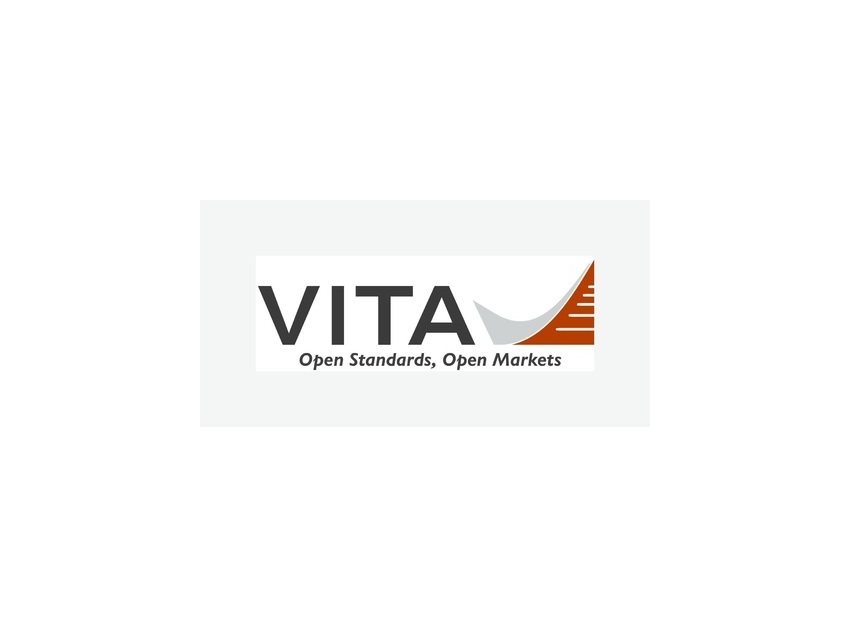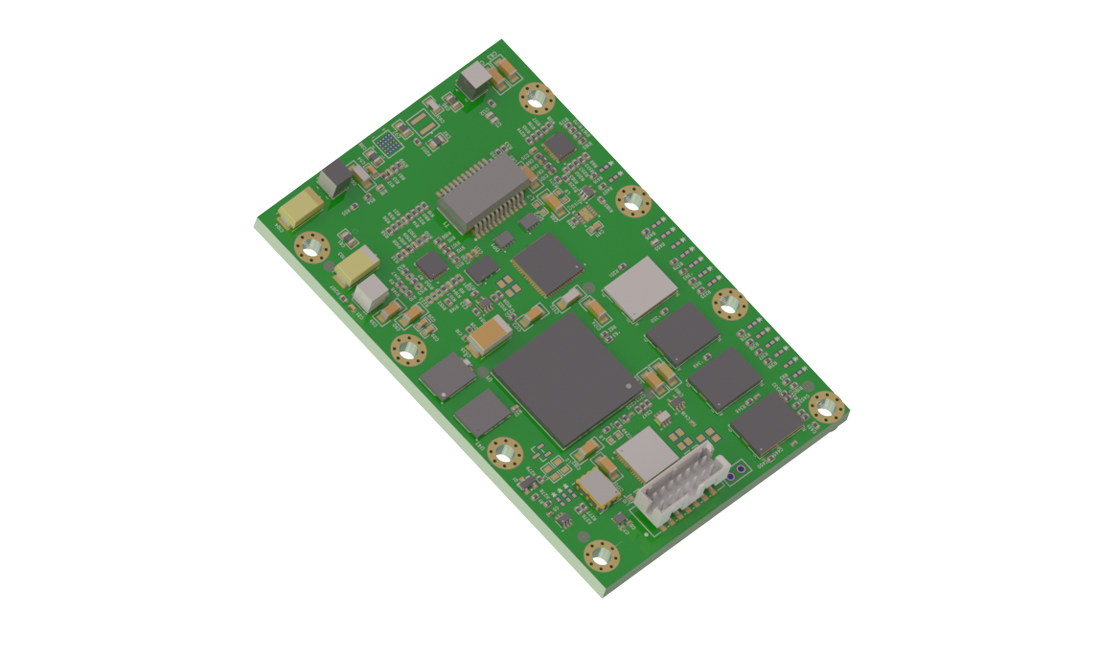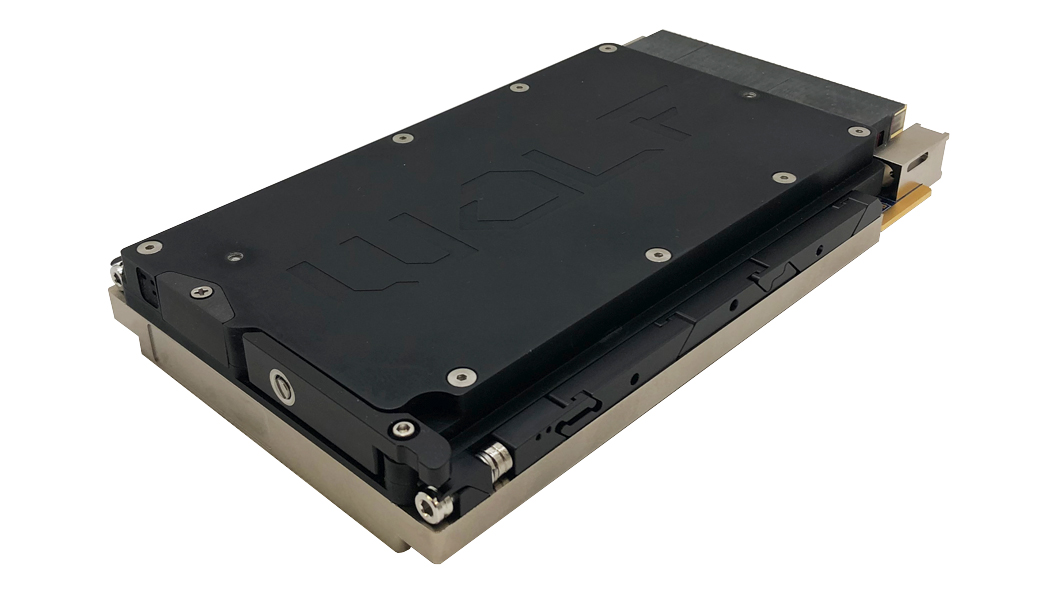– Total of 256 Individually Tunable Receive Channels
– Extremely low Cost per DDC Channel
– Dual 105 MHz 14-bit A/D Converters
– XMC I/O for High-Speed Data Streaming
– Factory-Installed IP Core That Eliminates FPGA Development Tasks
VIENNA, VA–February 21, 2006–Pentek, Inc., the industry pioneer of board-level technology, announced today the blending of its GateFlow 4954-430 high-density, narrowband digital downconverter (DDC) FPGA IP core with its 7140 software radio transceiver PMC module. The resulting new 7140-430 Software Radio Transceiver uses the core, implemented in a Xilinx FPGA, to provide 256 individually tunable receive channels in a full-function PMC/XMC transceiver module. This combination is ideal for developers of multi-channel communication systems, such as military radios and commercial wireless base stations, that require a high channel density within tight size, weight, cost and power constraints.
“This represents a huge boost in channel density,” says Rodger Hosking, vice president of Pentek, Inc. “The typical downconverter module offers between four and sixteen narrowband channels. Our new 430 core packs 256 independently tunable DDC receive channels in a single, moderately sized FPGA. By incorporating this core within our Model 7140 PMC/XMC module, we now allow system designers to realize a minimum sixteen-fold improvement in density over previous designs. This not only slashes the cost per channel but also opens up new applications for multi-channel receivers where space is restricted, such as in unmanned aerial vehicles and portable or concealed signal-intelligence systems.” Hosking added, “We created a special version of the 430 core fully optimized for maximum performance and function within the 7140 PMC module. Since we install this core at the factory, our customers can take immediate advantage of its capabilities right out of the box, fully supported with software libraries and drivers. In this way, engineers can reap the benefits of leading-edge FPGA performance with zero FPGA development effort.”
The 7140 module’s front end accepts two analog HF inputs and transformer-couples them into 14-bit A/D converters sampling up to105 MHz. The digitized output signals pass to a Virtex-II Pro XC2VP50 FPGA that implements the downconverter core sourced from either channel. A channelizer stage generates 1024 fixed, adjacent, over-lapping frequency channels with alias-free performance greater than 75 dB. A 256-output switch matrix follows the channelizer, providing the coarse tuning function.
In addition to coarse tuning, each channel uses its own programmable numerically controlled oscillator (NCO) to provide fine-tuning and a mixer to translate the signal of interest to baseband. Coarse- and fine-tuning details are automatically derived from a single 32-bit tuning frequency parameter accepted for each of the 256 channels.
A user-programmable decimating FIR low-pass filter defines output channel bandwidth with decimation settings ranging from 1024 to 9984. For an A/D sampling rate of 100 MHz, the output bandwidth ranges from about 8 kHz to 80 kHz, ideally suited for most voice or data systems. Baseband outputs pass through a programmable gain stage before being rounded to their final 16-bit result. Each channel has an independently programmable 16-bit gain control.
Full Transceiver Functionality
In addition to the receiver section, the 7140 module offers a transmit section. A digital upconverter translates real or complex baseband signals to any IF center frequency from DC to 160 MHz. Two 16-bit D/A converters then produce real or quadrature (I+Q) IF output signals routed through the module’s PCI interface.
Flexibility in Development Tools and Platforms
Pentek currently supports the Model 7140-430 with Linux drivers and plans to release Windows, VxWorks and ReadyFlow libraries and drivers in the future. Model 7140-430 functionality is also available in a variety of other form factors including Model 7240-430 (6U cPCI), Model 7340-430 (3U cPCI) and Model 7640-430 (PCI).
Pricing and Availability
The Model 7140-430 Software Radio Transceiver module is priced at $14,995 USD with delivery eight to 10 weeks ARO.
About Pentek
Pentek develops, manufactures and markets innovative DSP systems to original equipment manufacturers, distributors and value-added resellers. Pentek offers powerful VME, VXS, PMC, XMC, cPCI and PCI boards for data acquisition, software radio and digital signal processing featuring Texas Instruments C6000 DSPs, Freescale G4 PowerPCs and Xilinx FPGAs. Pentek’s I/O includes A/Ds, D/As, FPGAs, digital up/down converters and more. Pentek equips all products with high-performance I/O including gigabit serial interfaces and offers strong DSP software support.






